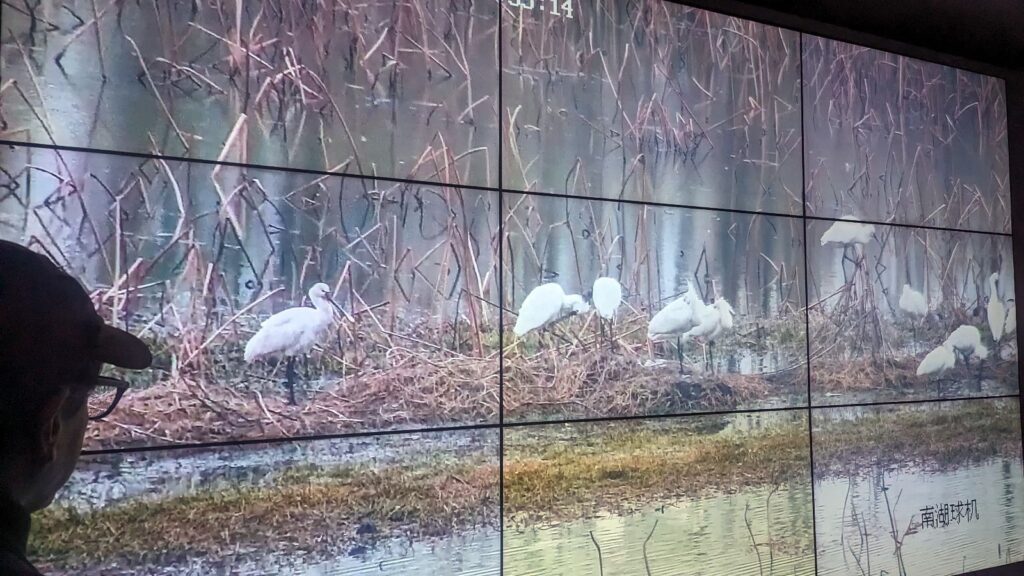Qianjiang was striking—the showstopping giant Crayfish at the center of town and the towering residential buildings, hotel, and luxury spa surrounding it, and just outside of that, the dramatic shift to a rural farming landscape. Where in Wuhan I could understand the endless construction of towering residential buildings as an anticipatory measure for the exponentially growing population of big cities globally, and especially in China as rural-to-urban migration continues to be a prominent trend—in Qianjiang the construction of these buildings was not anticipatory or to fulfill a future need. It appears that Qianjiang, like many cities and places I’ve visited in the U.S, is trying to materialize a “place-identity” and profit from it. Create a central attraction and image, a food culture, construct hotels for domestic tourism, create a crayfish cooking training resource, and all these tall surrounding residential buildings—the local government seems to be trying to build a bustling city from the original small-town identity surrounding crayfish farming.
From a purely tourist and aesthetic perspective, I think this “place-making” strategy has been more successful than in cities in NYS like Poughkeepsie where certain themes like the restored waterfront are a bit of an overused concept to center an identity around. “Place-making” can have a real market advantage that can put money into the pockets of ethnic communities (not exclusively but cultural uniqueness is sometimes an advantage e.g. China Town and Flushing)—so in that light—I see it as a beneficial thing for the farming villagers because it is bringing profit to the city, and I would assume to the farmers too. However, who benefits, how many people benefit, who carries the burden, whose livelihood is sacrificed in this development of the city—is very unclear right now—just financially speaking. Some displacement often takes place to develop a city, for instance in NYC and the development of Central Park, however there is state compensation in the form of apartments and perhaps something else. How desirable or undesirable that exchange is, is lost to me, but there is compensation. I wonder if the farmers who are pushed out and receive compensation find a new livelihood elsewhere and can continue to support themselves after being uprooted.
Also, BIRD SURVEILLENCE was my favorite part of today. It is actually just a very advanced high-resolution camera system to monitor bird populations in this wetland and not deserving of the term “surveillance”. But how sheerly advanced it was, surpassing anything that I or Prof. Lampasona has seen in natural preserves, parks, and conservation institutions in the United States, I think is possibly (and partially) attributed to China’s larger technological and surveillance systems. I emphasize how much I love this bird footage camera, and how beneficial it is for ecological conservation. However, it begs the question, why don’t we have this in the U.S.? Perhaps, this technology is cheaper, more accessible, more widespread and that partly makes this bird monitoring system possible. Prof. John Elrick mentioned the CCNU Professor Zhou informed him that the building we were in was a conservancy police station, in essence, the camera system partly aids the green police to catch illegal bird poachers with a courthouse nearby. All this to say, many of the technologies that we find convenient and useful today (e.g. google maps, satellite imagery, GIS, the internet) historically rooted in a militaristic purpose but may not be intrinsically violent or bad. Technologies are tools, sometimes they can be designed in an intrinsically political way (e.g. a ship needs a hierarchy, captain and crew to function), but sometimes they can be neutral and be used for positive and negative purposes alike. This bird monitoring system seems to me, a positive development from an otherwise negative system.

Chiara
